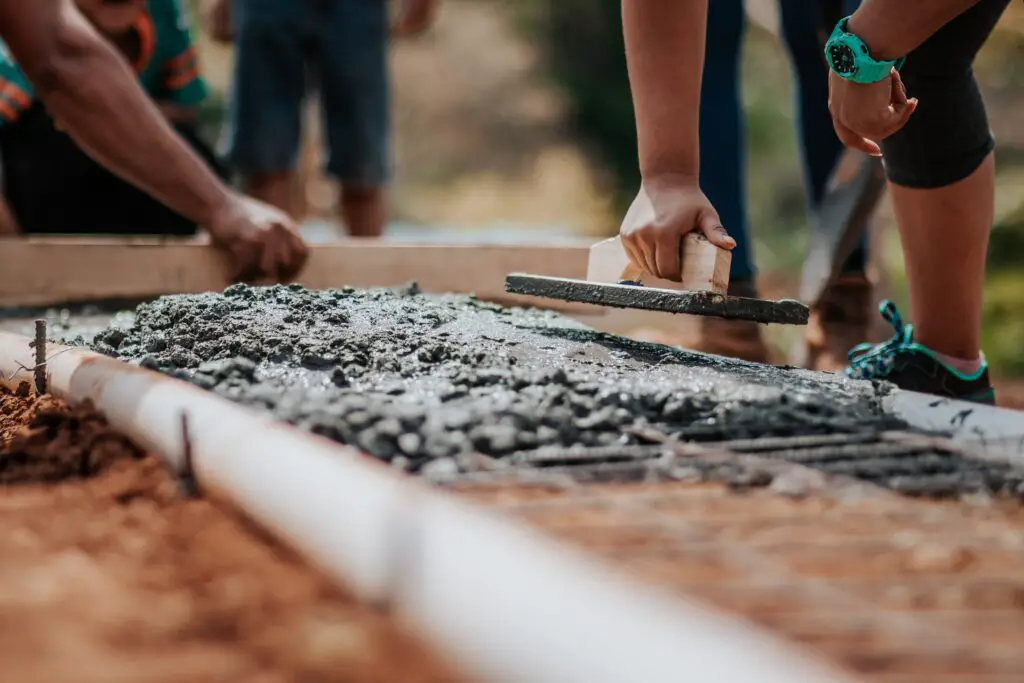Do you want to learn how to build a house on the cheap? That’s more than the cost of purchasing an existing home. However, if you have your heart set on building your own home from the ground up, rest assured that there are ways to cut costs. Here’s some budget-friendly house-building suggestions.
1. Build up rather than Buy
Begin saving money by simplifying your home’s design. Face it: constructing a geodesic dome is definitely more costly than constructing a rectangular box. Choosing a two-story house (or three-story) over a one-story house of the same square foot costs even more since the foundation of a two-story house is tiny and the foundation is a costly portion. It goes down.
Excavation and foundation work are the most expensive components of home development, according to Morgan Franklin of Lex Home Hub in Kentucky.
So anything you can do to tighten the construction footprint translates into money saved on the build cost.
2. Do your homework when hiring a homebuilder to build your house cheaply
It may seem contradictory, but in order to construct a house affordably, you must employ the greatest homebuilder, even if he is somewhat more expensive.
According to Angie Hicks, creator of Angie’s List, an untrained, unlicensed, or uninsured homebuilder might wind up costing you a fortune if building goes over budget.
“An experienced homebuilder is not inexpensive,” Hicks explains, “but he will save you a lot of money by understanding how to prevent difficulties.”
Begin by looking for trustworthy local contractors who have built the sort of home you want to build. Also, be certain that they are properly licensed, bonded, and insured.
3. Become your own general contractor for your house
Consider becoming a general contractor if you are ready and able to get more involved in the homebuilding process. This can save you up to 20% on the cost of building a house.
It’s not as impossible as you would believe.
“I did this for my house,” says Sam Jernigan, a Northern California interior designer who constructed her own home. She suggests Mark and Elaine Smith’s “The Owner-Builder Book,” which includes a range of DIY forms to help with the building process.
Of course, you’ll want to hire subcontractors for the tasks you’re not comfortable with (e.g., bidding on materials and plumbing).

4. Submit paperwork for the build promptly
Getting your designs authorized is one of the most expensive sorts of construction delays. Avoid a budget disaster by soliciting early advice from those who must sign off on your project and ensuring you’re completing documents in the manner they require, advises Jernigan.
5. Save on building materials
Make a list of everything you’ll need to build your house, right down to the nails and drawer knobs, to ensure you can finance it.
Another tip: Be aware that the building materials you use will have a significant impact on your bottom line.
On the high end, search for “custom grade” materials; on the low end, go for “quality grade” and, even lower, “builder grade.” But don’t buy just on price. Builder grade may appear to be enough, but it is critical to recognize the repercussions of choosing less lasting items. You may wind up needing to repair a cheap, failing roof on your property sooner than a more expensive one. Always choose grades with long-term guarantees as a backup plan.
6. Plan carefully on the front end to avoid costly change orders
A change order simply indicates that you wish to return an appliance or tile and replace it with a new one. This means waiting for the replacement item to arrive, which typically results in significant expenses from your general contractor, according to Jernigan.
Change orders also have the potential to upset the apple cart of what is generally a strictly ordered scheduling of subcontractors, each of whom contributes to the detailed building process. And we all know that time equals money.
7. Add energy-efficient features, which can come with rebates and tax credits
Many energy-saving house features are accompanied by tax credits, rebates, and other advantages. To find methods to save where you live, click to energy.gov/savings/search and filter by state and feature.
One obvious addition? Blow-in insulation in the attic, where almost a third of the home’s energy disappears as air rises.

